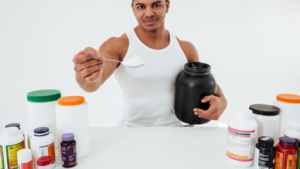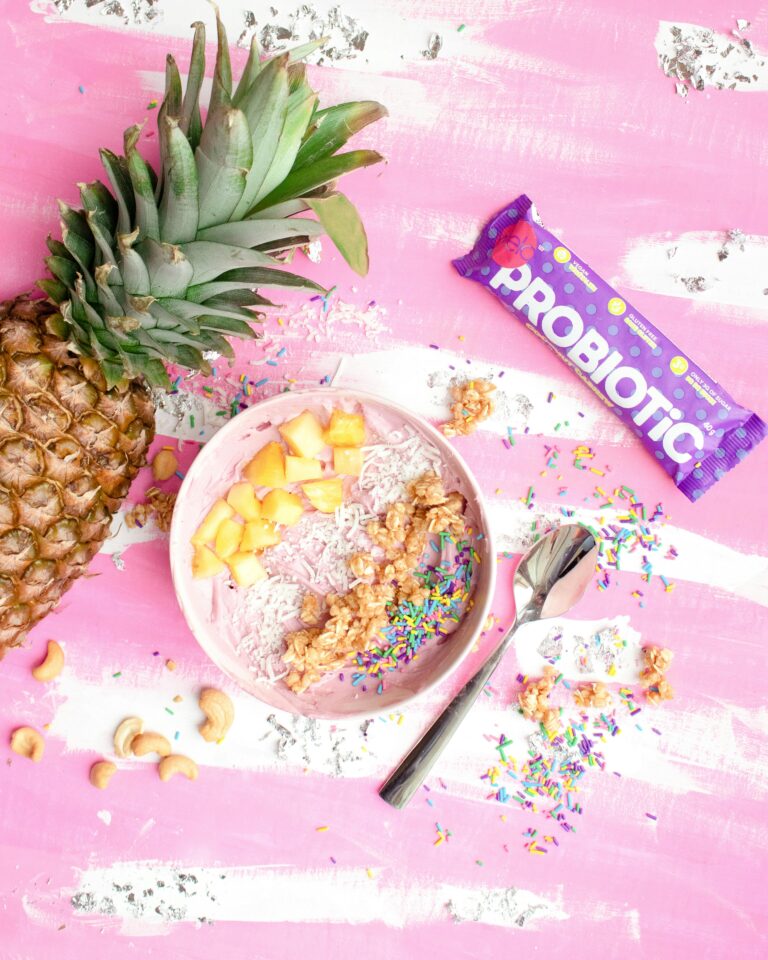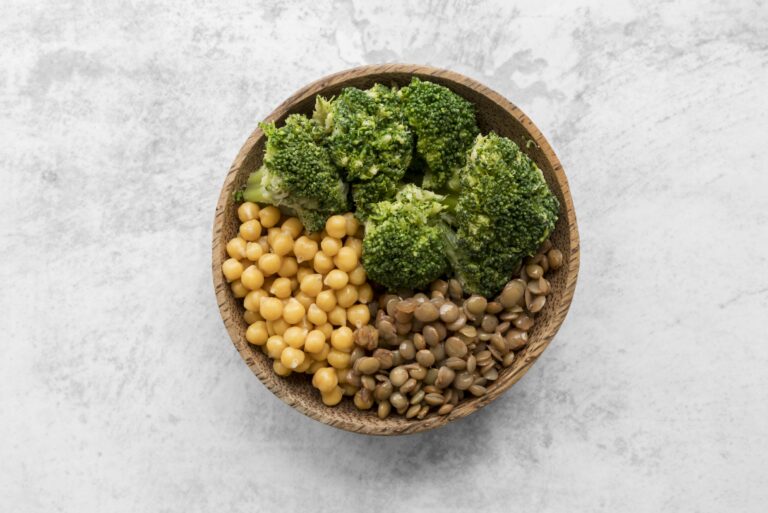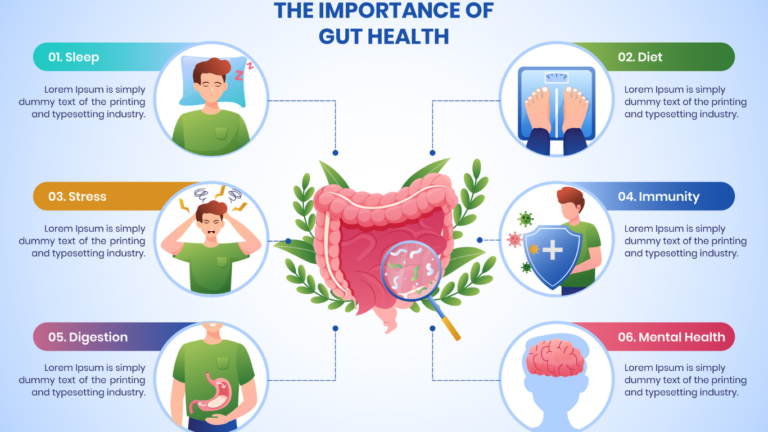Introduction:
β-Alanine is becoming one of the most widely used supplements among strength and power athletes around the world. Its growing popularity comes from its ability to help muscles handle acid buildup during exercise, which reduces fatigue and improves performance.
This blog post will explain how β-alanine works in the body, the best ways to take it, and what research says about its effectiveness as a sports supplement.
What is β-Alanine and Where Does It Come From?
β-Alanine is a type of amino acid that the body naturally produces in the liver. It is also found in many foods, especially meat sources like beef, chicken, and turkey.
When we eat these foods, β-alanine is usually present in combination with other compounds, such as anserine, balenine, and carnosine. Among these, carnosine is the most important for human muscles, as it plays a key role in muscle function and performance.
How β-Alanine Works in the Muscles
β-Alanine is important for muscle performance because it helps increase the levels of a compound called carnosine in the muscles. Carnosine plays a key role in reducing muscle fatigue during intense exercise. Here’s how it works:
Lactic Acid Buildup – When you exercise, your muscles produce lactic acid, which lowers the pH inside muscle cells, making them more acidic. This acidity is what causes muscle fatigue and the burning sensation during intense workouts.

image source: Freepik.com
Carnosine as a Buffer – Carnosine helps neutralize this acid buildup, allowing muscles to work harder for longer periods before they get tired.
The Role of β-Alanine – The body needs β-Alanine to make carnosine. However, β-Alanine is the limiting factor, meaning that if there’s not enough of it, your body can’t produce as much carnosine.
Supplementation Helps – Taking β-Alanine supplements increases carnosine levels in the muscles, leading to better endurance, strength, and overall performance during high-intensity exercise.
Benefits of β-Alanine for Exercise
β-Alanine is widely used by athletes and fitness enthusiasts because it helps improve exercise performance in several ways. Based on the paper, here are the key benefits explained in simple terms:
Delays Muscle Fatigue – When you exercise, your muscles produce acid, which makes them feel tired and weak. β-Alanine helps increase carnosine levels in the muscles, which buffers (neutralizes) this acid and allows you to work out for a longer time before getting tired.
Boosts Endurance – Since β-Alanine reduces muscle acidity, it helps you sustain high-intensity exercise for longer periods. This is especially useful for activities like sprinting, cycling, or high-rep weight training.

image source: Freepik.com
Improves Strength and Power – By preventing early fatigue, β-Alanine enhances muscle performance, allowing you to lift heavier weights, push harder, and recover faster between sets.
Enhances Performance in Short and Long Workouts – Studies show that β-Alanine is beneficial for both short bursts of high-intensity exercise (like weightlifting and sprinting) and longer endurance activities (like running and swimming).
May Support Muscle Growth – While β-Alanine itself does not build muscle, training harder and longer because of reduced fatigue can indirectly help with muscle growth over time.
How Much β-Alanine Should You Take?
According to the paper, the recommended amount of β-Alanine varies depending on your fitness goals. Here’s a simple breakdown:
Minimum Effective Dose – At least 4 grams per day is needed to see benefits in muscle endurance and performance.
Maximum Recommended Dose – Up to 6 grams per day has been studied and shown to be effective without serious side effects.
How to Take β-Alanine?
It is best to split the daily dose into smaller servings (e.g., 1.6 grams taken multiple times a day) to avoid tingling sensations (paresthesia) that some people feel after taking high doses at once.
Continuous use for at least 4 weeks is recommended to see noticeable improvements in exercise performance.
Possible Side Effects and Safety
Taking too much beta-alanine can cause a tingling feeling on the skin, often in areas like the face, neck, and hands.
This feeling is called paraesthesia and is harmless, but it can be uncomfortable for some people.

image source: Freepik.com
The tingling tends to get stronger with higher doses, but it can be avoided by taking smaller amounts, about 800 mg at a time.
Another possible side effect is a drop in taurine levels because beta-alanine and taurine compete to get into the muscles.
Beginner Meal Plan
This meal plan is balanced with protein, carbohydrates, and healthy fats to support overall fitness and muscle development.
Beginner Meal Plan
| Day | Breakfast | Lunch | Dinner | Snacks |
| 1 | Oatmeal with banana and almonds | Grilled chicken with quinoa and salad | Baked salmon with sweet potato and greens | Greek yogurt with honey and nuts |
| 2 | Whole-grain toast with peanut butter | Turkey sandwich with whole-grain bread | Stir-fried tofu with brown rice and vegetables | Apple with almond butter |
| 3 | Scrambled eggs with whole wheat bread | Grilled fish with couscous and steamed broccoli | Chicken breast with roasted vegetables | Protein bar |
| 4 | Smoothie with spinach, apple, and chia seeds | Quinoa salad with chickpeas and avocado | Baked cod with mashed potatoes and asparagus | Handful of mixed nuts |
| 5 | Greek yogurt with honey and berries | Grilled chicken wrap with hummus and vegetables | Beef stir-fry with brown rice and peppers | Cottage cheese with fruit |
| 6 | Omelet with vegetables and whole wheat toast | Pasta with grilled shrimp and spinach | Baked chicken thighs with quinoa and green beans |
Protein shake |
References:
- https://journals.lww.com/acsm-csmr/fulltext/2012/07000/__alanine_supplementation.10.aspx
- https://www.sciencedirect.com/science/article/pii/S0021925818482282
- https://beva.onlinelibrary.wiley.com/doi/abs/10.1111/j.2042-3306.1999.tb05273.x
- https://pmc.ncbi.nlm.nih.gov/articles/PMC4501114/
- https://pmc.ncbi.nlm.nih.gov/articles/PMC4501114/










